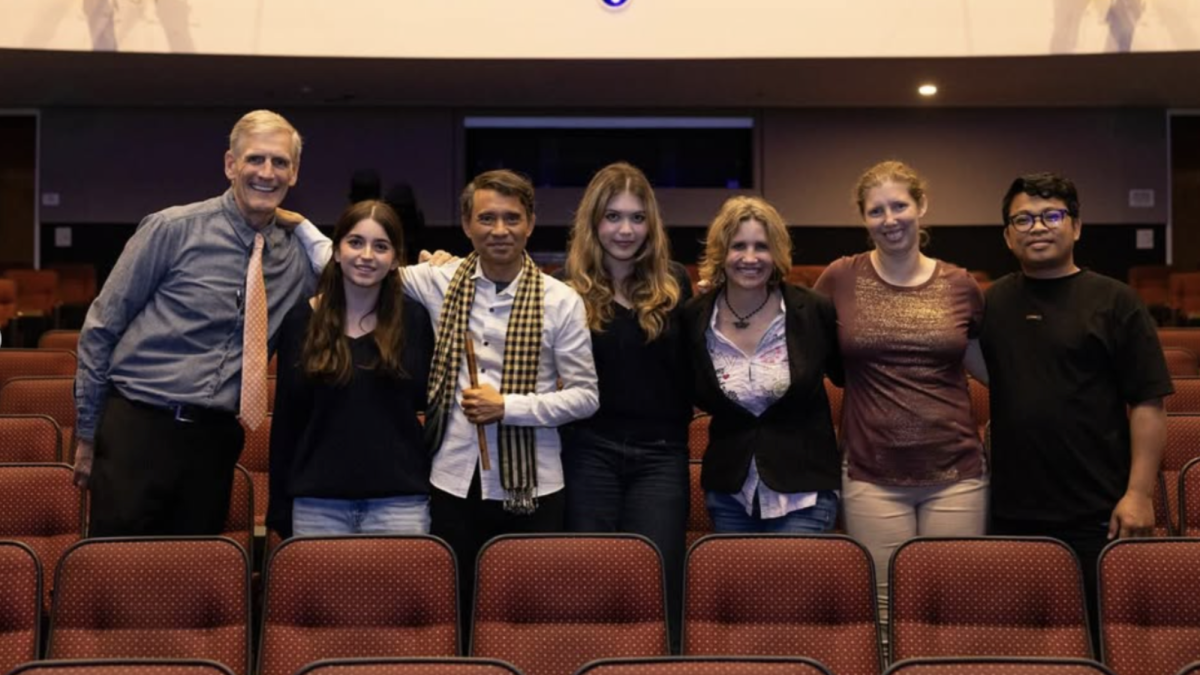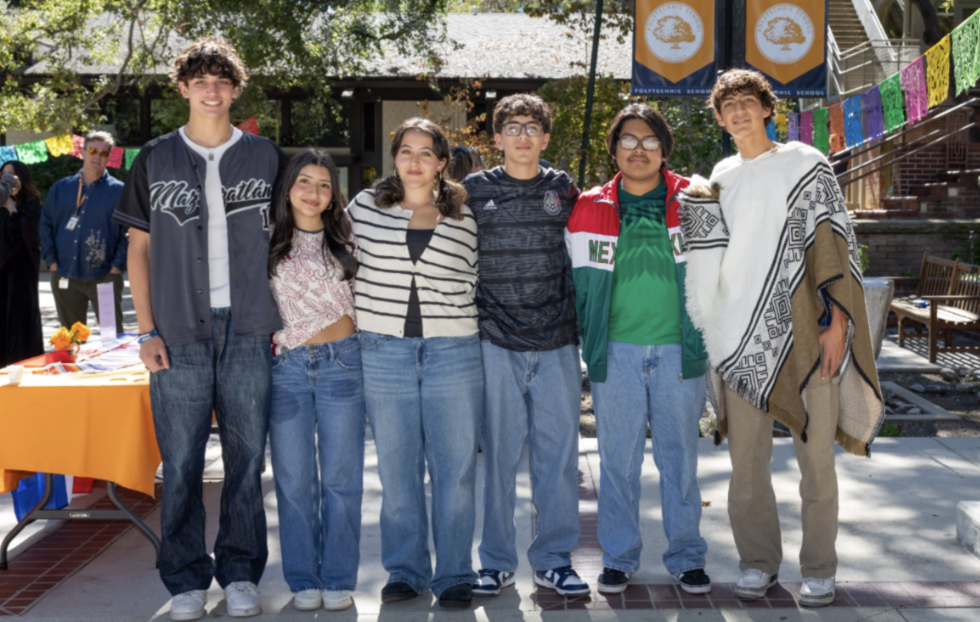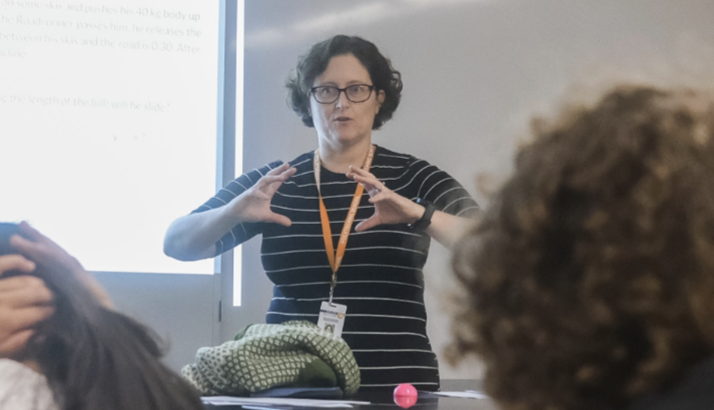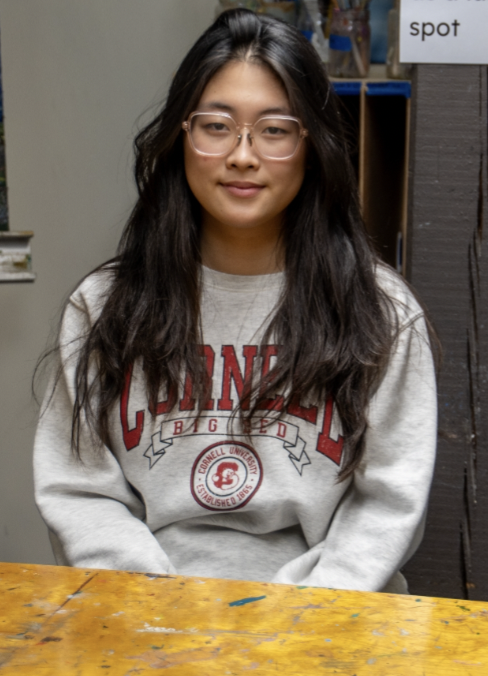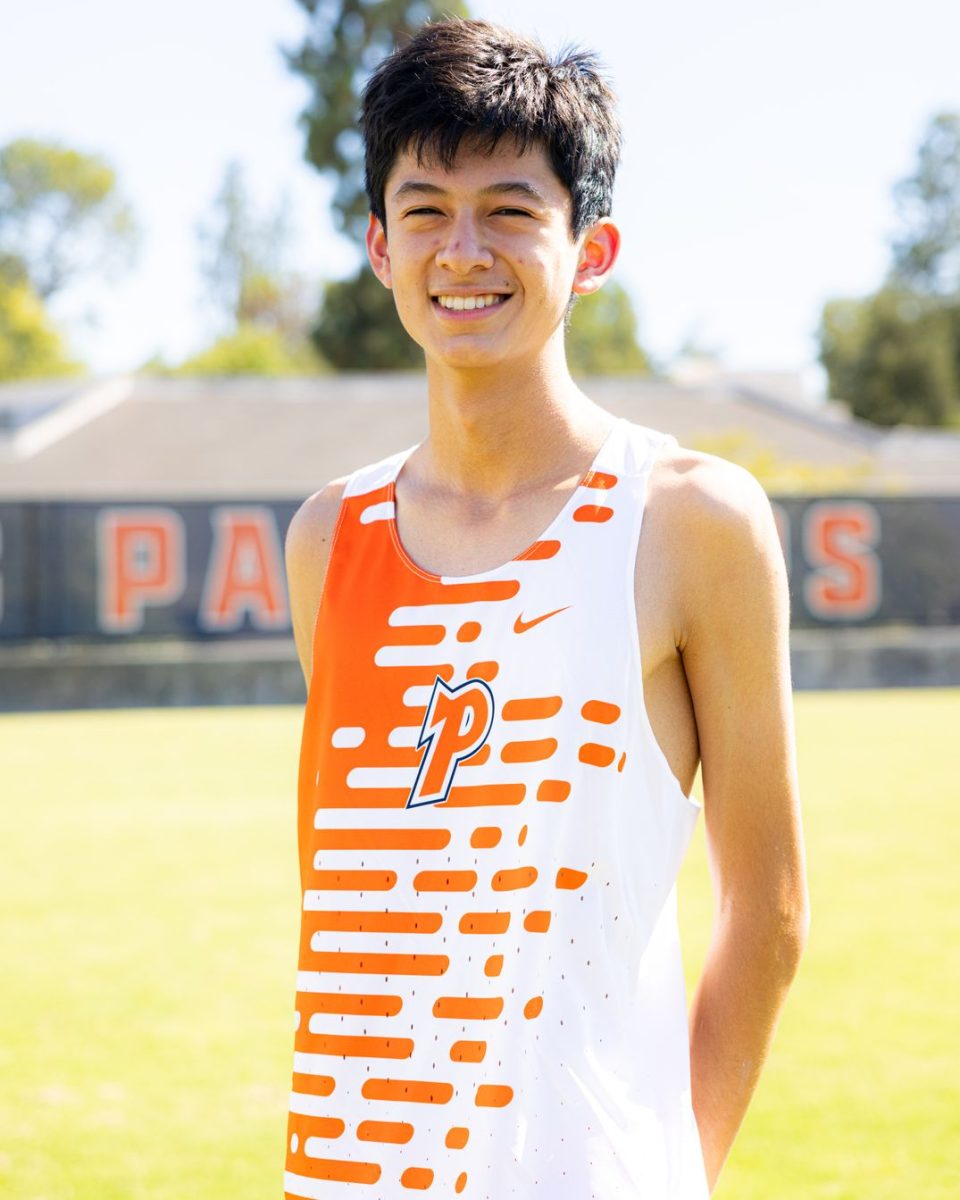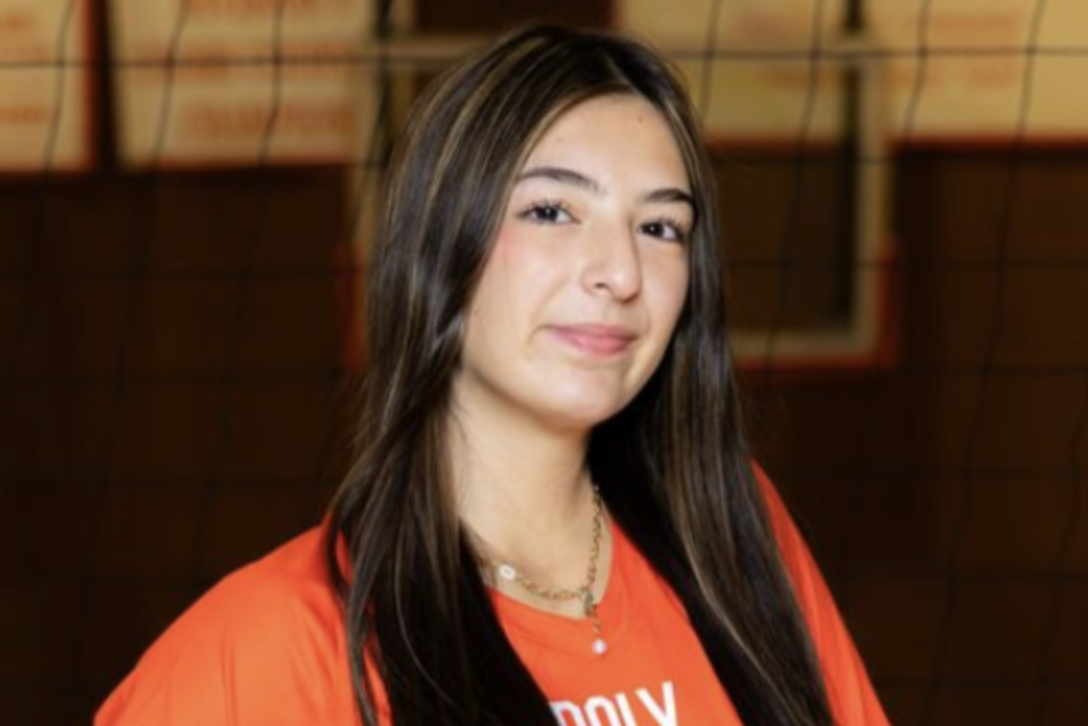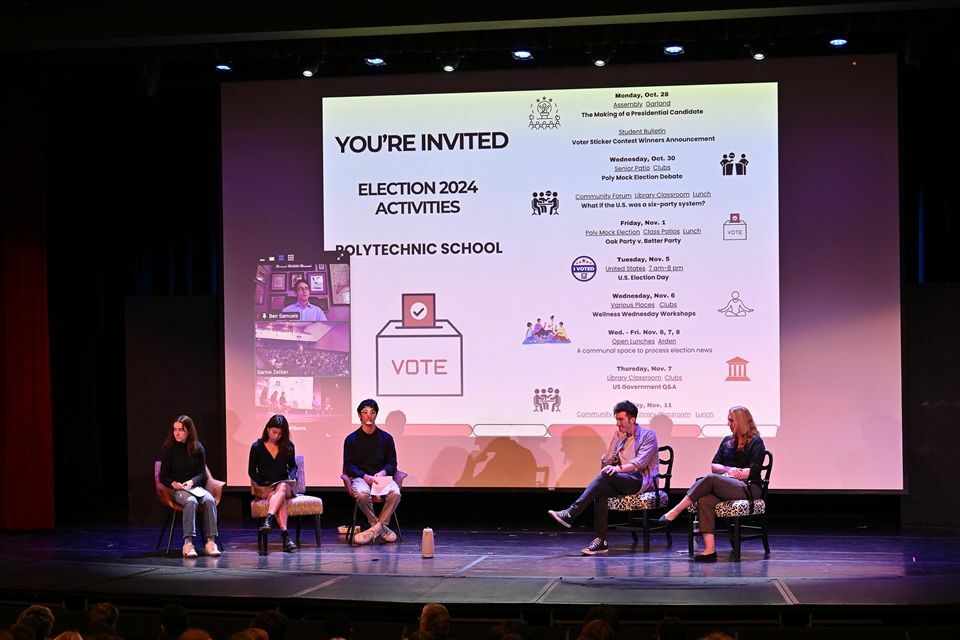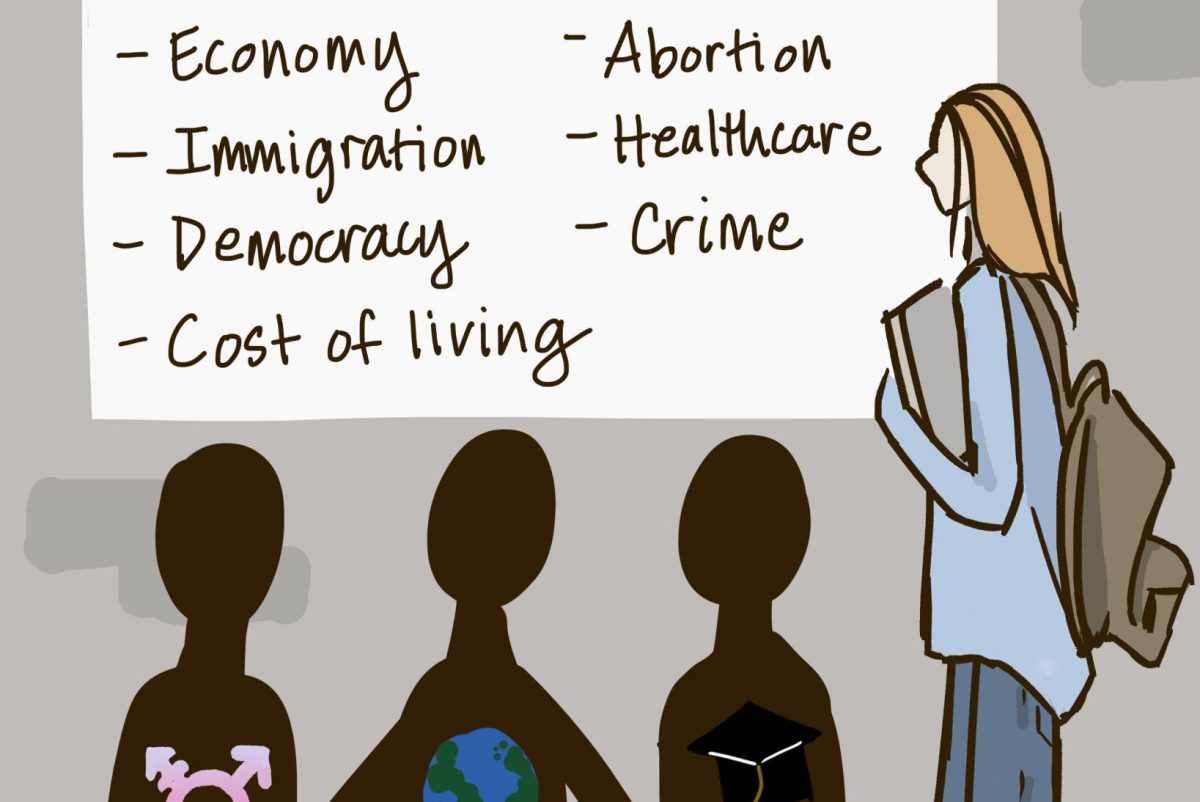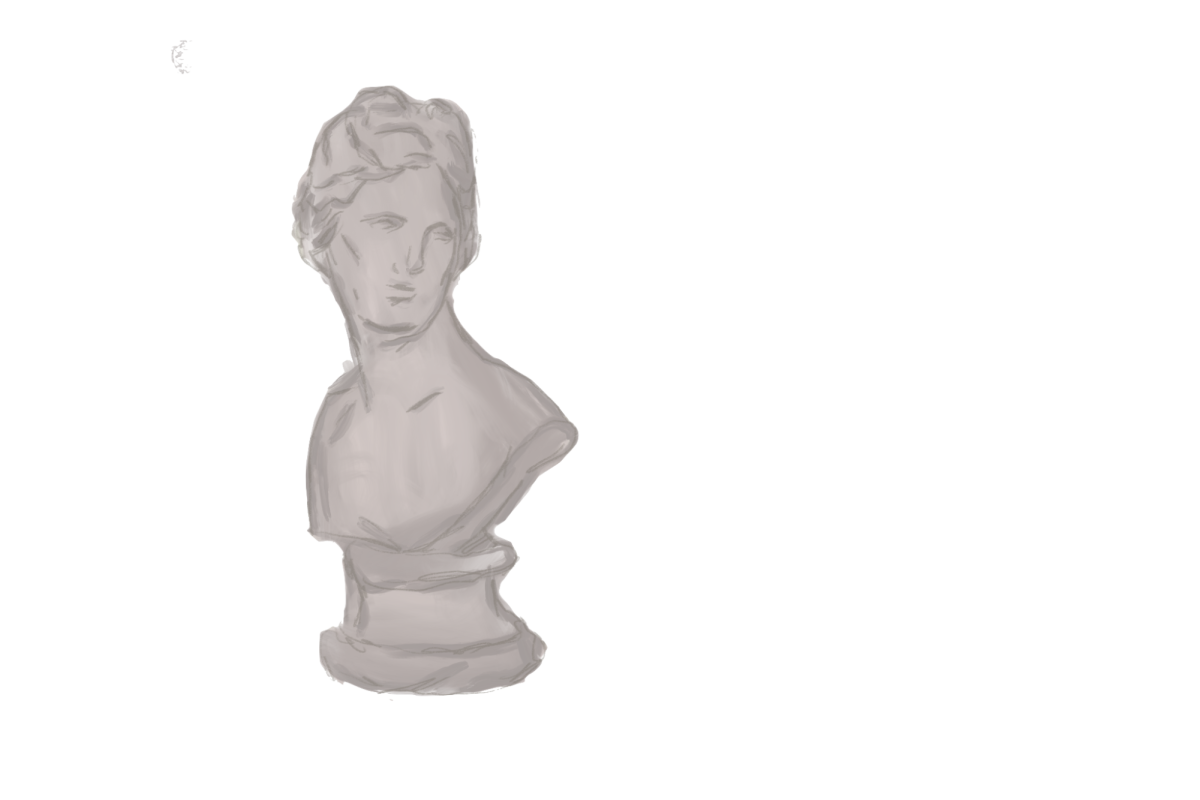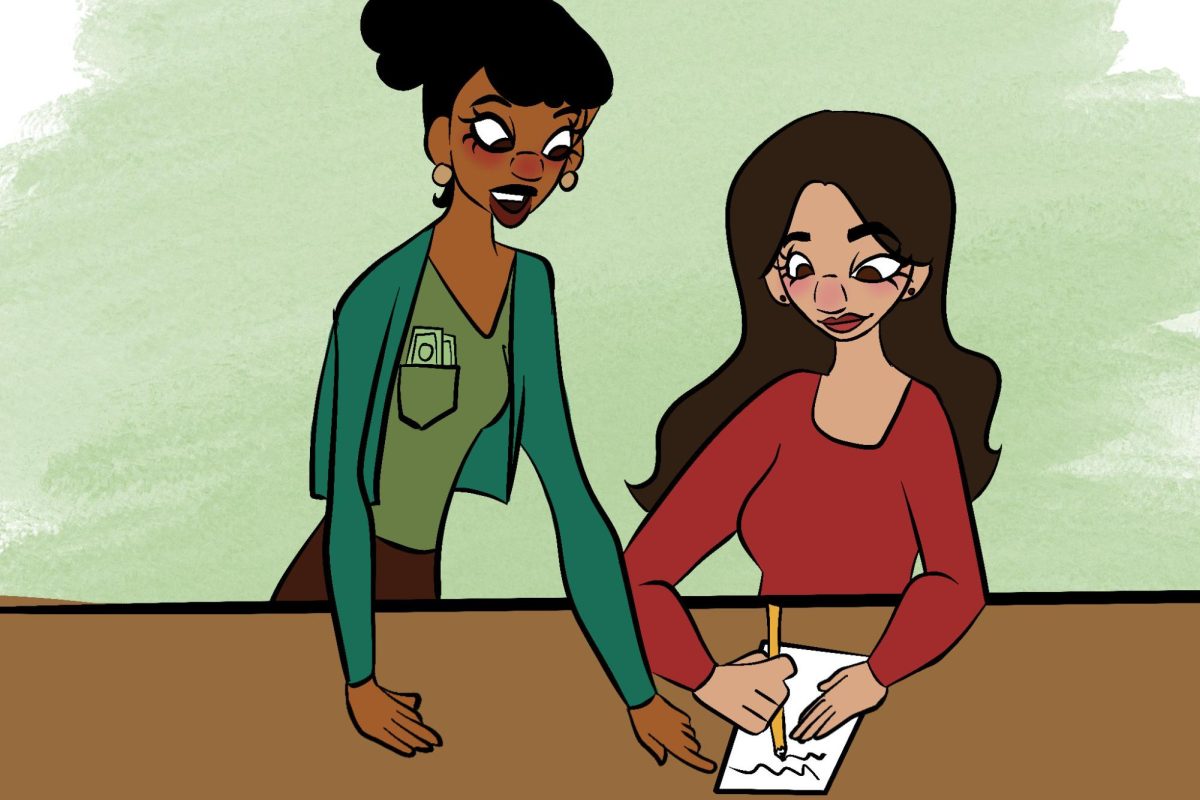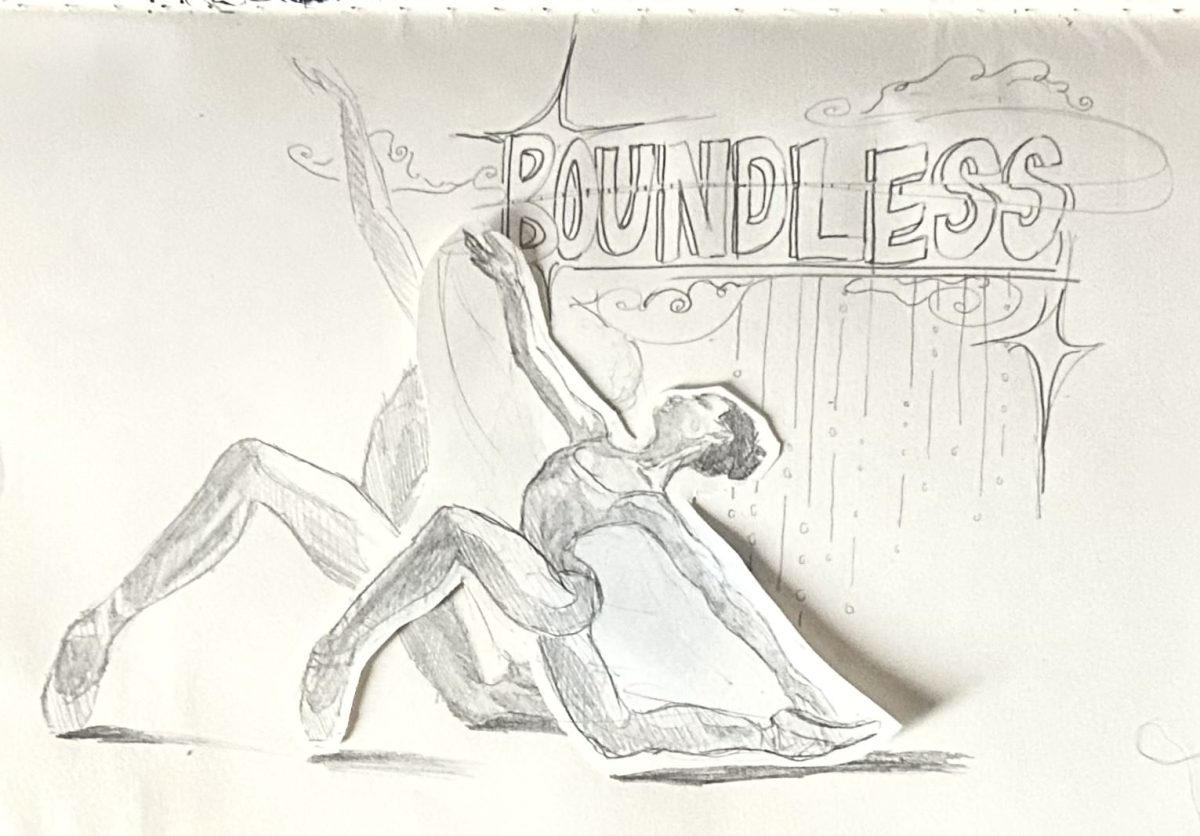When people hear that I go to Polytechnic School, the general reply is, “Oh, is that a STEM school?” I respond that no, “poly” in Greek translates to “many,” and “technic” in Latin means “of or relating to the arts.”
While it is easy to see why the name evokes thoughts of technology and science, I have always preferred the true meaning of our school’s name. However, since starting high school three months ago, I have begun to question whether my view of Poly as well-rounded still holds true.
When I first received my schedule for 9th grade, I was surprised. I had not expected to have only two history classes compared to five science classes per six-day rotation.
As I did, freshman Alena Tejavanija also noticed this discrepancy and said, “Humanities and social sciences — especially in the freshman curriculum — seem external to the curriculum and are typically disregarded among students.”
In actuality, freshmen do take more humanities courses than STEM (science, technology, engineering and math) classes at Poly. We are required to take English, a world language, an art history and application course and World Religions. Conversely, we are required to take only two STEM classes: math and science. Still, the imbalance between the number of World Religions classes and the number of science classes fits a general trend of STEM being favored.
Global innovation and technological advancements in recent years have led schools, parents and students alike to emphasize the importance of STEM. The American Academy of Arts & Sciences reported that humanities accounted for 10.2% of bachelor’s degrees in 2018, half the sciences’ share of 20.4%. History majors, in particular, are at an all-time low and continue to shrink faster than any other major in the United States.
Yet the role that history plays in society shouldn’t be overlooked. History teaches us the importance of the past in shaping our present and future. It provides us with an understanding of other cultures, present-day issues and, in turn, a sense of self — because once we learn about the world, we are able to see where we fit into it.
9th/10th Grade Dean Cynthia Crass pointed out possible explanations for the perceived disparity between humanities and STEM classes at Poly.
“I do think that people often think of Poly as a STEM school, much to my dismay, and that skews the way our curriculum is viewed. I also think that students sometimes prioritize their math/science work over their humanities work, although that is only based on anecdotal evidence, not hard data,” she said.
High school provides a space to take advantage of new opportunities. Therefore, it is counter-intuitive to place emphasis on a certain subject. I am always baffled to hear of peers who attend schools specializing in one area or schools where students have to pick a track to pursue in high school. Students who attend these schools risk being taught that they are and can be just one “type” of student, but they may have unrealized potential in another subject.
After looking through the Upper School Course of Study, I am looking forward to the wide array of Advanced Placement classes offered for the humanities — and am intrigued to learn that there are actually twice as many AP humanities courses as there are for STEM. However, Poly should still seek to balance the number of history and science classes per rotation in ninth grade. Doing so would set the precedent that World Religions, and history as a whole, is an essential part of our education.



